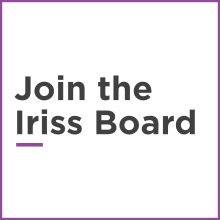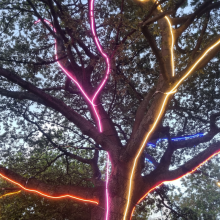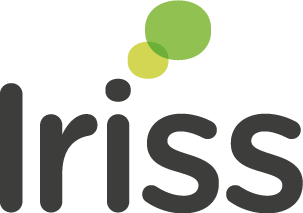The map is not the territory
The last time I tried to climb a mountain I failed spectacularly. It was a warm August at the foot of the mountain, and a freezing January higher up. We were chased down from near the top by howling winds and hail. I knew I was beat. A discussion recently got me thinking about mountains again but in the context of the work we do. I was at an event about Human Learning Systems (an approach that always leaves me thinking ‘this makes so much sense, why isn’t this just how we do things?’). Someone on the call was explaining HLS as an approach, a way of doing things but stressed that it was: ‘the map not the mountain’. I googled this to see where it came from and ended up on a wiki-page about the Polish-American philosopher and engineer Alfred Korzybski who coined the phrase: “The map is not the territory”. He used it to convey the fact that people often confuse models of reality with reality itself. According to Korzybski, models stand to represent things, but they are not identical to those things. I also found a link between this phrase and one I was more familiar with from a systems approach: ‘all models are wrong, some are useful’ (generally attributed to George E. P. Box).
Explore
So what has this got to do with anything? In our work, we support changes and improvements in the complex systems of social work and social care. We are often working with partners and funders in the implementation gap - the space between a new idea or approach and changes in practice. Problems in the system are complex and often require multi-faceted solutions. Sometimes we think the solution might be a product - a framework, research report, a mapping, new policy, or model. The ‘map is not the mountain’ has made me reflect that this distinction is something we often find ourselves looking at in the first stage of our innovation model. Partners start work with us with an idea or sometimes a solution to a problem and our first step is to test those connections in our Explore stage. Do they have the problem they think they have? How will the proposed solution address that? How will they know? Sometimes this process surfaces assumptions or misalignment between the problem and the solution and this can be uncomfortable. And this is where the map and mountain idea links for me. It reminds me of the importance of exploring the difference between the products we develop (tools, guidance, frameworks) and our expectations of how much this will lead to practice change. A map helps you navigate the mountain in the same way that a framework helps guide practice, but it is not practice itself or practice change. We find practice change happens in the implementation gap and is supported by cultural innovation. In our work we present models, and frameworks, and approaches to simplify things and to contain them, and to try and control them, but when we work in practice, and with people, we know that those 'representations' are too simple, rather it is just a way for us to start making progress... then we deal with the reality of the view from practice. The work we’ve been doing with partners around improving chronology practice is an example of this. Despite a range of national and local guidance, templates and training (maps!), chronologies are still a national challenge. Where green shoots of change have appeared, this has often been attributed to shifts in culture and mindset, and collaboration.
Rethinking our maps
It also links to a recent discussion in a team reflection session. We were reflecting on our evaluation tools and how we’ve realised these need to change to better reflect the relational reality we have with our partners and funders (influenced by a recent learning session on writing culture). So our maps (evaluation tools) need to change because of what we’re learning about the mountain (the impact of our work, what matters to people we work with).
So, maps are useful, no question. We’d literally be lost without them, but in change work how do we balance our attention and our energy between the map and the mountain? What are our expectations of the maps we create? And what else do we need to tackle the mountain?



